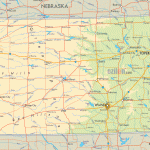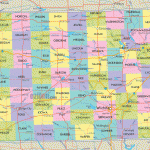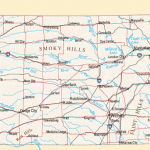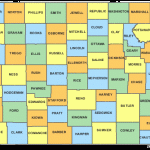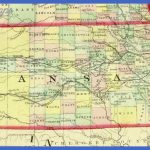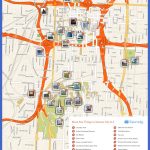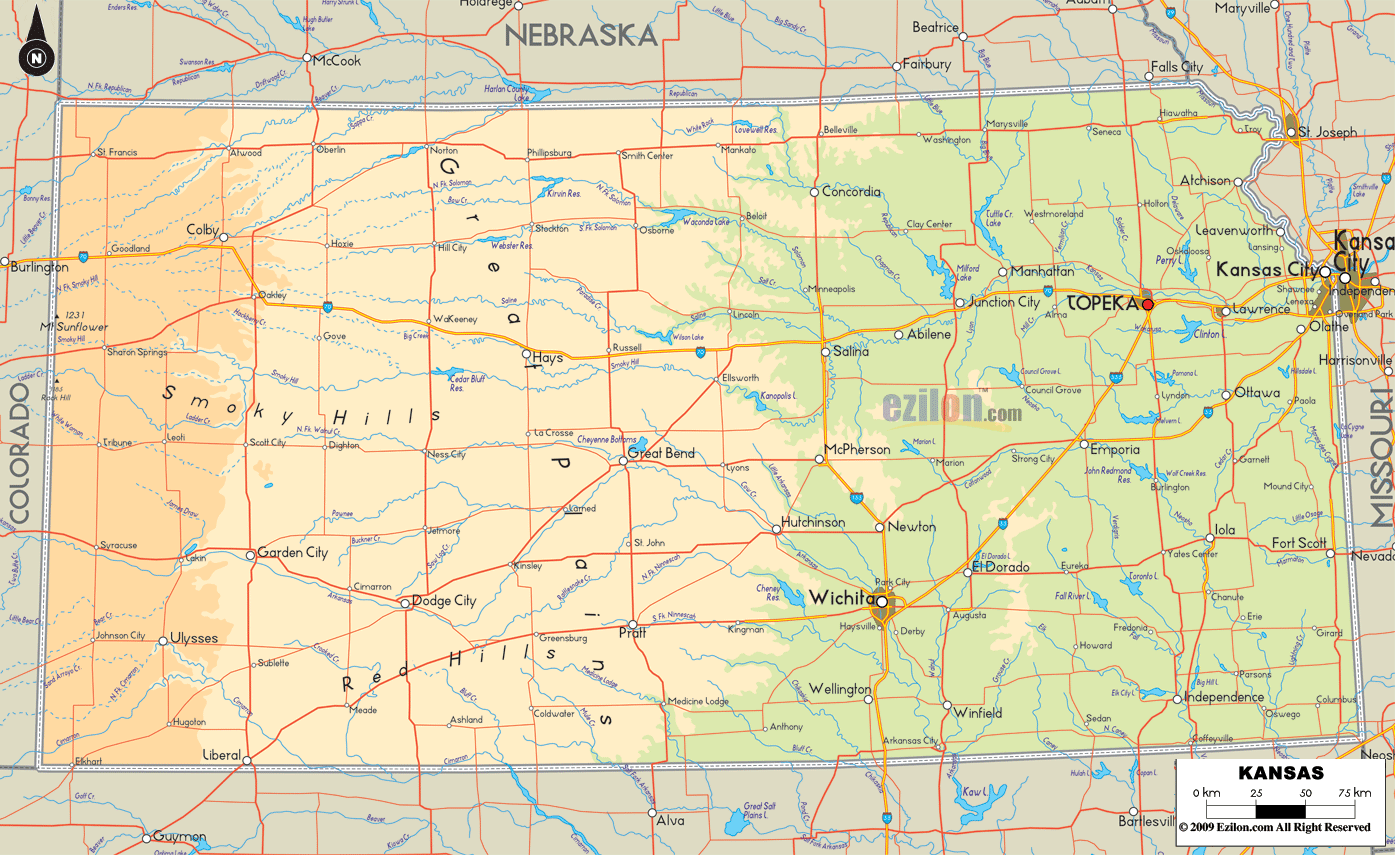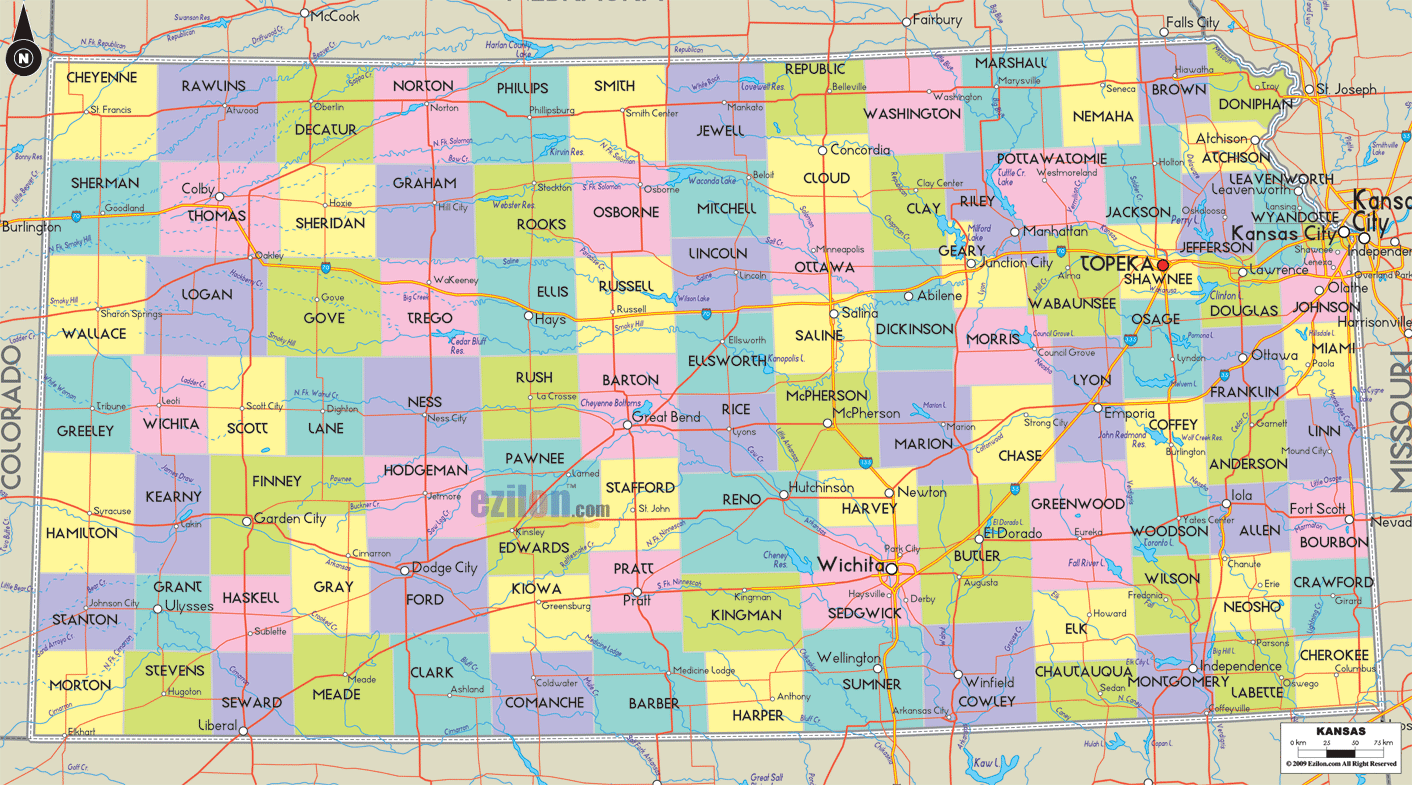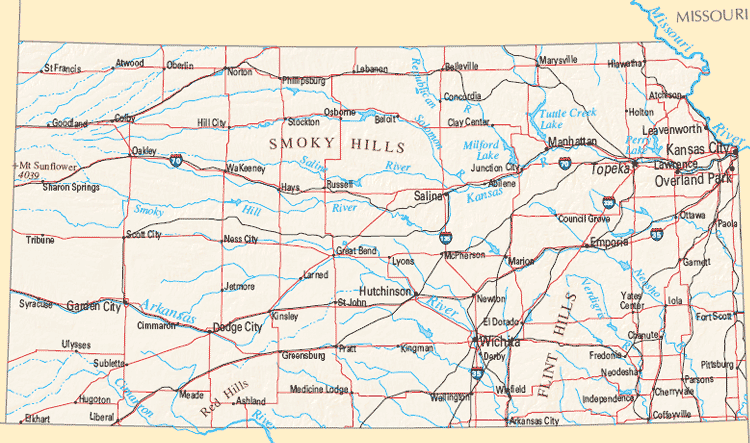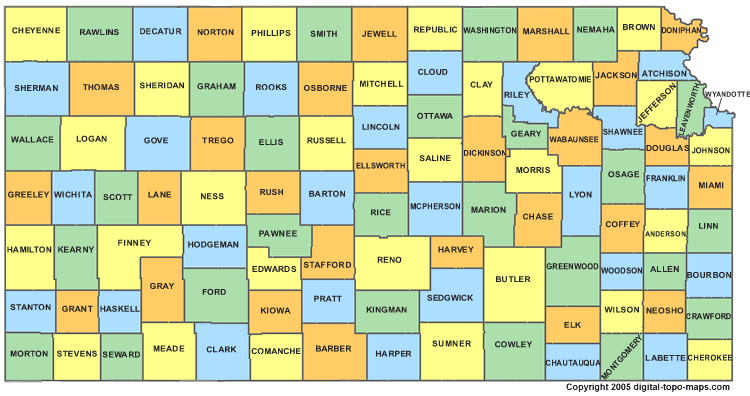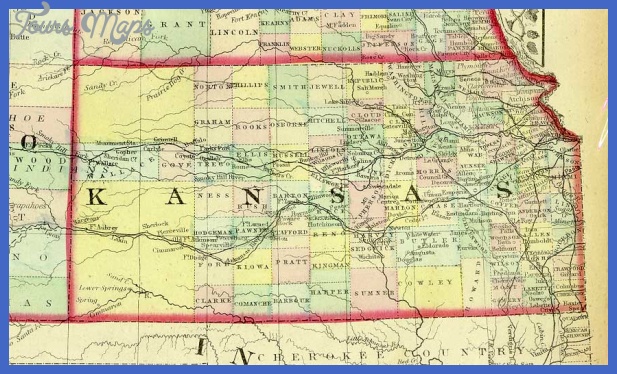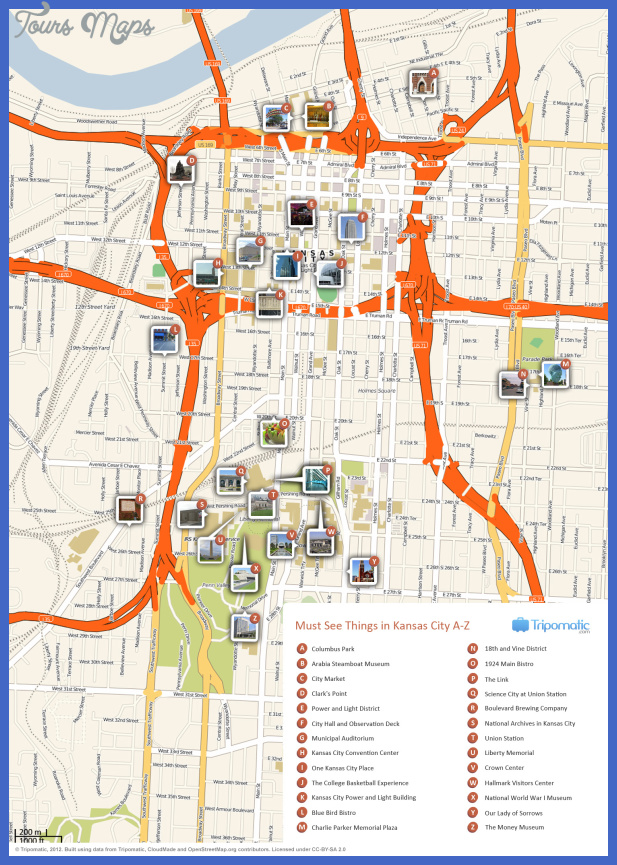Community Organization
The Latino community of Kansas faced substantial discrimination in the early part of the century. They were segregated by residence and within many public facilities such as churches, schools, and city parks. Anglos used many arguments for separation, including supposed linguistic and racial inferiority. Anglo ideas of race did not easily fit the Latino population, which had its own categories for racial and, thus, social distinction. Nevertheless, Anglos attempted to draw racial lines in accordance with their own notions; they separated lighter-skinned Latinos, who could pass as Spanish, from darker-skinned ones, who faced racial and cultural exclusion.
Within segregated neighborhoods, community organization flourished around businesses, sports, music, dance, celebrations, and religious devotion. The Latino community encouraged the Catholic Church to provide religious and other services to the predominantly Catholic Latinos. The Church, as a result, was a central place of social existence. For example, in Topeka in 1914 the parish of Our Lady of Guadalupe was formed following a conversation between a local Latino, Pedro Lopez, and a Spanish speaking-priest, Rev. Epifanio Ocampo. Mutual aid societies were also formed such as the Sociedad Morelos, the first formed in the Argentine neighborhood of Kansas City or the Sociedad Mutua Benito Juarez in Garden City.
Not only did these associations assist members in times of difficulty, but they also served, along with Catholic parishes, as an organizational base for the development of civic festivals. These festivities connected Mexican culture and history, including sacred history, with the lives of Latinos in Kansas. For example, in 1917 Chanute organized its fiesta to celebrate Mexican Independence Day and the Grito de Dolores the shout of Father Hidalgo for Mexican independence on September 16, when it is still celebrated. The Latino community in Kansas City held a parade to celebrate September 16. In 1922 Garden City’s Latino community came out in great numbers to celebrate Benito Juarez’s birthday, and as a result, in 1925 they initiated a fiesta that is ongoing. In Topeka the parish organized a fiesta in August 1932 to raise funds. Now celebrated in July, this fiesta is also ongoing.
The types of organization that developed in Kansas were somewhat different from those found in many other migrant communities. Instead of associations built on common place of origin and established to provide mutual assistance, in Kansas these associations developed around the Church, in an effort to present migrants as residents of the United States and not as foreign nationals.
The fight against prejudice also led to the creation of organizations that sought change. In Kansas City, El Cosmopolita, a Spanish-language newspaper, was founded in 1915 with the objective of unifying the community and obtaining political and social acceptance and respect for the Mexican community.36 In the 1920s, darker-skinned Mexican children in Kansas City faced strenuous negative reactions from Anglo parents if they tried to attend public schools, especially in the neighborhoods with a greater concentration of Mexican migrants.37 Lighterskinned students were often classified as Spanish, thus being allowed admission. If admitted, the Mexican students were segregated in separate classrooms. Although the Catholic Church provided education for Mexican students, the fear of enrollment of Latino youths in public schools led Anglo parents of Argentine to pressure for the formation of a segregated Mexican school. In response, the Clara Barton School, specifically created for Mexican children, opened in 1923. It lasted
until destroyed by the flood of 1951 and, although segregated, it was responsible for forming generations of upwardly mobile Kansas Latinos.38
However, there was no high school darker-skinned Mexican children could attend in Kansas. Saturnino Alvarado, from Michoacan, Mexico, wanted his children to be educated.39 Along with other parents in the Argentine neighborhood of Kansas City, where there was a heavy concentration of Latinos because of proximity to the rail yards, Alvarado organized and took action to demand admission to high school for all Mexican children after his two children Luz and Jesus, along with Victorina Perez and Marcos de Leon were removed from school because of pressure from Anglo parents. At the end of a two-year struggle the activists were successful, and they had broken a major social barrier in Kansas. In 1930, Luz, Jesus, and Marcos de Leon graduated from Argentine High School. There had been a small number of lighter-skinned, Anglicized Latinos who had graduated prior, but these three were the first to break the color and culture barrier in Kansas City schools. But in Kansas City the barriers to discrimination in public education for Latino students would not fall completely until a decade after World War II.
In the 1960s, as the civil rights movement demanded the removal of racial barriers, the Chicano movement exploded. Although Kansas is not one of the core settlement zones where the movement originated, important events took place in Kansas, and the Chicano movement led to greater social consciousness and the formation of social and political organizations that embraced both local national and concerns. During this period local Latino communities became connected with Chicano communities and with activists in the Southwest and elsewhere. A national consciousness of Latinos as Chicano was developing, although it had to compete with other local identities.
Map of Kansas Photo Gallery
Maybe You Like Them Too
- Explore Southgate, Michigan with this detailed map
- Explore Les Accates, France with this Detailed Map
- Explore Góra Kalwaria, Poland with this detailed map
- Explore Gumdag, Turkmenistan with this detailed map
- Explore Telfes im Stubai, Austria with this detailed map

